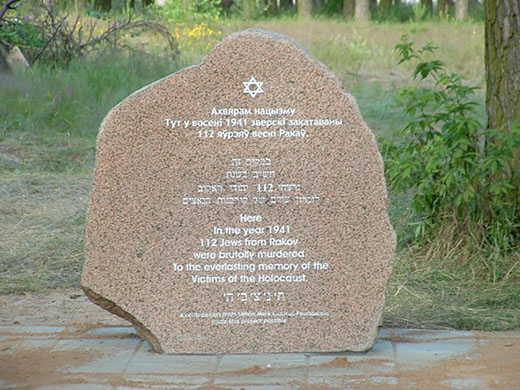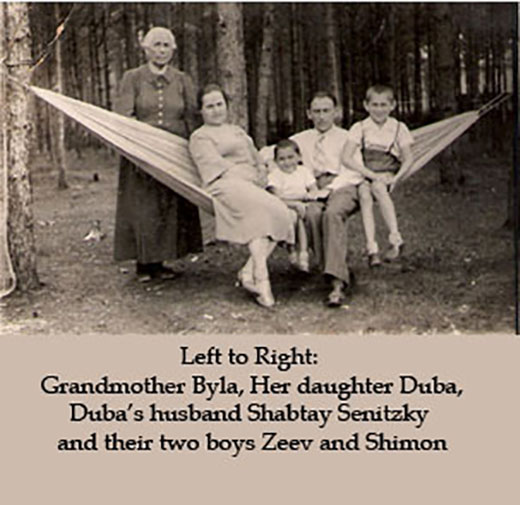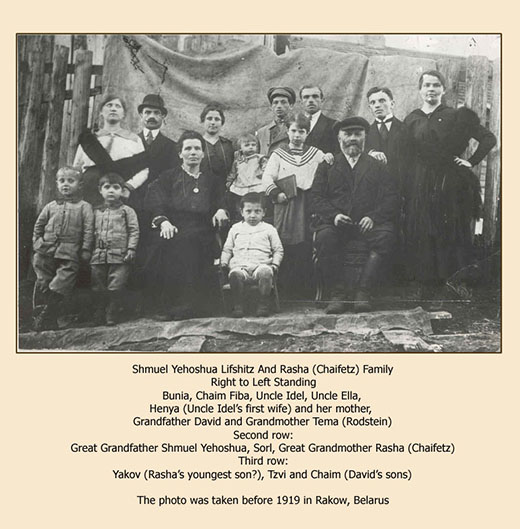HOLOCAUST
Testimony by Uri Finkel ,Translation by Sonia Kovitz
Our young people had made use of the books of the library whether in the gymnaziya [high school] or university. Generations had been brought up and educated on these books. The people from our shtetl, however far they may have wandered, recalled with the greatest gratitude the shtetl’s library and the people who created it.
The old library had possessed around 10,000 s’forim [religious books], including the following:
- Many unique copies published by Baekerg and Benbesti;
- Writings and autobiography of R’ Raphael Hamburger [? – 1804], grandfather of Gabriel Risser (see the Jewish-Russian Encyclopedia of Prof. Graetz, last volume, Hebrew, 5th edition);
- Autobiography of Sh. Maimon [Solomon Maimon, 1754-1800];
- “Shiru Mincha” of Uri-Fayvish Eyvter;
- Works by the eminent exegete (see the Jewish-Russian Encyclopedia) R’ Yisrael Reykaver, one of the closest friends and students of R’ Chaim Volozhiner [1749-1841] (see Shmukler R’ Teym of Volozhin);
- Monograph by the well-known phenomenon of the 1880s, the Rakover ilui [prodigy] R’ Avrohom Elyeh, which he himself had printed before the war in Poland;
- Valuable rabbinic hogges [haggahot; emendations to the Talmud]by R’ Shmuel Strashun [1793-1872] bal-megiye [baal megiyah; master proofreader] of the Vilna press (see Z. Chayzn, biographer of Sh. Strashun’s son [Matisyahu Strashun, 1817-1885]);
- Works by R’ Avrohom Dumont, the Eikhbukhger Rov.
Some writings were bound with printed s’forim or were written around texts. These s’forim had great importance for the history of Jewish culture because of the material inscribed in them and for the history of Jewish books in Belorussia and Lithuania.
No fewer than 6,000 books were destroyed from distinguished private rabbinic libraries: 1) the yerushe [inheritance] of R’ Avrohom Meyshe Botvenik; 2) HaRov Shmaya Rozental (Abrazhenski); 3) the yerushe of HaRov R’ Sholem Ha-Cohen Finkel.













